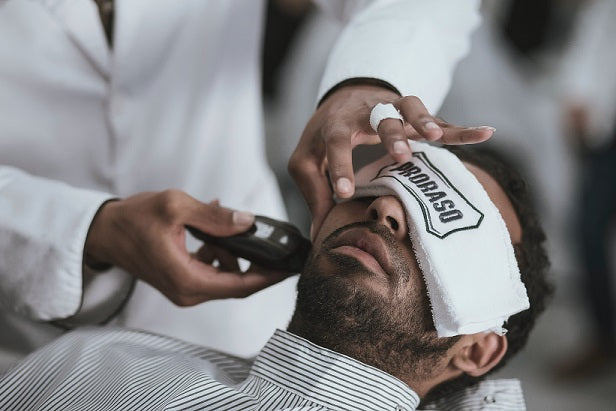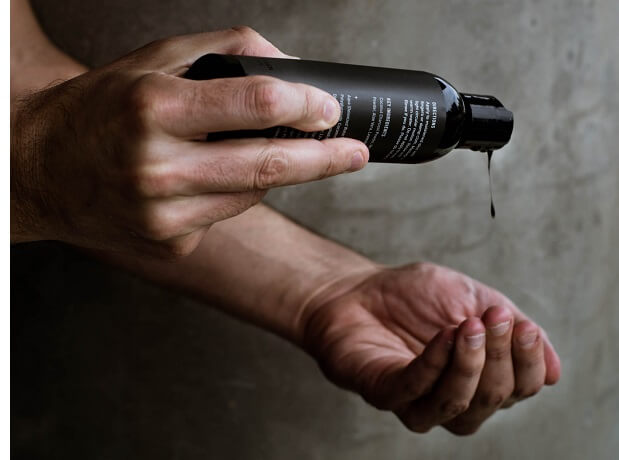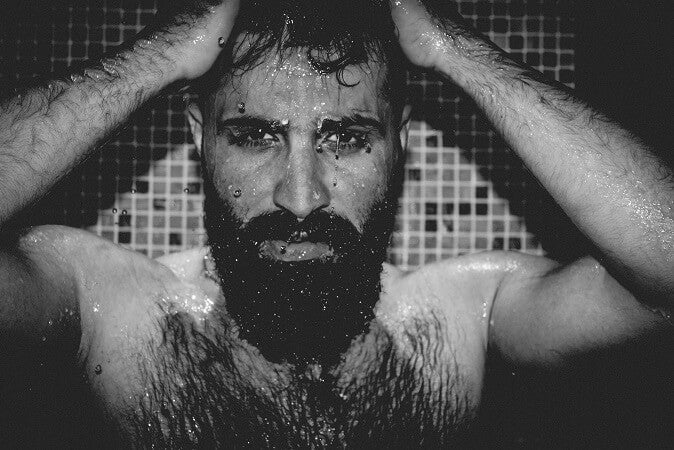In the realm of personal grooming, manscaping has become a popular practice for many men seeking a polished and well-groomed appearance. However, when it comes to chest hair, finding the right balance between a smooth, clean look and avoiding irritation or ingrown hairs can be a delicate dance. That's where our expert guide comes in, helping you discover the ideal frequency for shaving your chest hair while maintaining a smooth and groomed look.
The Benefits of Manscaping Your Chest
Before we dive into the specifics of chest hair removal frequency, let's explore why manscaping your chest has become increasingly popular among men:
- Enhances Appearance: A smooth and well-groomed chest can create a more polished and put-together look, particularly when wearing fitted shirts or participating in athletic activities.
- Boosts Confidence: Many men find that a clean-shaven chest boosts their self-confidence and makes them feel more attractive and comfortable in their own skin.
- Improves Hygiene: Removing excess chest hair can help reduce sweat and odor buildup, making it easier to maintain good hygiene and freshness throughout the day.
- Promotes Comfort: For some men, excess chest hair can cause irritation, itchiness, or discomfort, especially during warmer months or when engaging in physical activities.
Finding the Right Frequency for Shaving Your Chest
Now that we've explored the benefits of chest manscaping, let's dive into the all-important question: How often should you shave your chest hair? The answer isn't one-size-fits-all, as it depends on several factors, including your hair growth rate, skin sensitivity, and personal preferences.
Hair Growth Rate
Every man's hair growth rate is different, and this plays a significant role in determining the ideal frequency for shaving your chest. Some men may experience rapid hair growth, requiring more frequent shaving, while others may have slower growth, allowing for longer intervals between shaves.
As a general guideline, here's what you can expect based on typical hair growth rates:
- Fast Growth: If you're a "hairy guy" with fast hair growth, you may need to shave your chest every 2-3 days to maintain a smooth look.
- Moderate Growth: For men with an average hair growth rate, shaving every 3-5 days should keep your chest looking well-groomed.
- Slow Growth: If your hair grows slowly, you may only need to shave once a week or even less frequently to keep your chest hair under control.
Skin Sensitivity
Another crucial factor to consider is your skin's sensitivity. Some men may experience irritation, redness, or ingrown hairs more easily than others, especially when shaving frequently.
If you have sensitive skin, it's generally recommended to shave less frequently to allow your skin to recover between shaves. This can help prevent irritation and minimize the risk of ingrown hairs.
Here are some tips for those with sensitive skin:
- Shave no more than twice a week, allowing at least 2-3 days between shaves.
- Use a gentle, high-quality shaving cream or gel to help protect your skin.
- Invest in a sharp, high-quality razor to minimize tugging and irritation.
- Always shave in the direction of hair growth, not against it.
- Apply a soothing aftershave balm or moisturizer after shaving to calm and nourish your skin.
Personal Preferences
While hair growth rate and skin sensitivity are important factors, your personal preferences also play a role in determining the ideal frequency for shaving your chest. Some men prefer a completely smooth, hair-free chest, while others prefer a more natural, trimmed look.
If you prefer a completely smooth chest, you may need to shave more frequently, perhaps every 2-3 days, depending on your hair growth rate. On the other hand, if you prefer a trimmed or stubble look, you can shave less frequently, allowing some regrowth between shaves.
Mastering the Art of Chest Shaving
Regardless of how often you decide to shave your chest, it's essential to follow proper shaving techniques to minimize irritation, ingrown hairs, and ensure a close, comfortable shave every time.
Preparation is Key
Proper preparation is crucial for a successful chest shave. Here are some tips to get your skin and hair ready:
- Take a warm shower or apply a warm compress to your chest area to soften the hair and open up your pores.
- Use a gentle exfoliating scrub or loofah to remove any dead skin cells and help prevent ingrown hairs.
- Apply a high-quality shaving cream or gel to lubricate the area and protect your skin.
Shaving Techniques
When it comes to shaving your chest, technique is everything. Follow these tips for a smooth and comfortable shave:
- Always use a sharp, high-quality razor to minimize tugging and irritation.
- Shave in the direction of hair growth, not against it, to prevent ingrown hairs.
- Use short, gentle strokes, and rinse your razor frequently to prevent clogging.
- Pay extra attention to areas prone to ingrown hairs, such as around the nipples or where chest hair grows in different directions.
Post-Shave Care
After shaving, proper aftercare is essential to soothe and protect your skin. Here are some tips:
- Rinse your chest with cool water to close your pores and reduce inflammation.
- Apply an alcohol-free, soothing aftershave balm or moisturizer to nourish and calm your skin.
- Avoid tight-fitting clothing or heavy backpacks that could rub against your freshly shaved chest and cause irritation.
- Exfoliate regularly to prevent ingrown hairs and keep your skin smooth and healthy.
Embrace Your Grooming Goals
Ultimately, the ideal frequency for shaving your chest hair comes down to your personal preferences, hair growth rate, and skin sensitivity. By following the tips and guidelines outlined in this expert guide, you can achieve a smooth, groomed, and irritation-free chest that boosts your confidence and enhances your overall appearance.
Remember, manscaping is a personal journey, and finding the right balance takes time and experimentation. Embrace




